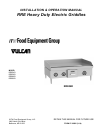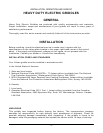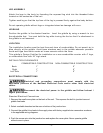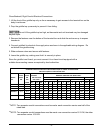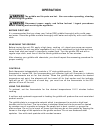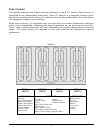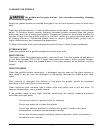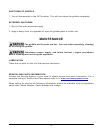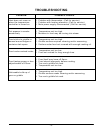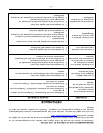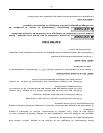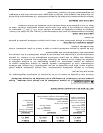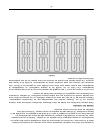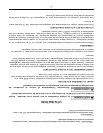
-
7 -
CLEANING THE GRIDDLE
The griddle and its parts are hot. Use care when operating, cleaning
or servicing the griddle.
Empty the grease drawer as needed throughout the day and regularly clean at least once
daily.
Clean the griddle regularly. A clean griddle always looks better, lasts longer and performs
better. To produce evenly cooked, perfectly browned griddle products keep the griddle
plate clean and free of carbonized grease. Carbonized grease on the surface hinders the
transfer of heat from the griddle surface to the food, resulting in spotty browning and loss
of cooking efficiency. Carbonized grease tends to cling to griddle foods, giving them a
highly unsatisfactory and unappetizing appearance.
To keep the griddle clean and operating at peak efficiency, follow these procedures:
AFTER EACH USE
Clean the griddle with a griddle scraper during the work shift.
ONCE PER DAY
Thoroughly clean the griddle back splash, sides and front. Turn the griddle off and allow it
to cool down between 275°F-300°F, apply some water and clean it with a griddle scraper.
Remove, empty and wash the grease drawer in the same manner as an ordinary cooking
utensil.
ONCE PER WEEK
Clean the griddle surface thoroughly. A detergent may be used on the plate surface to
help clean it, but be sure the detergent is thoroughly removed by flushing with clear
water.
After removal of detergent the surface of the plate the griddle should be seasoned
according to the instructions in this manual.
Clean stainless steel surfaces with a damp cloth and polish with a soft dry cloth. To
remove discoloration, use a griddle cleaner.
If the griddle usage is very high, consider conducting this weekly cleaning procedure
more than once per week.
Do not use a brick or griddle stone for cleaning.
Do not use water-jet to clean the griddle.
Do not use chlorine sanitizer in contact with griddle. Contact can cause
discoloration, corrosion and permanent damage.
Do not use cleaning agents including Sodium Hydroxide, which is common in
household oven cleaners.



